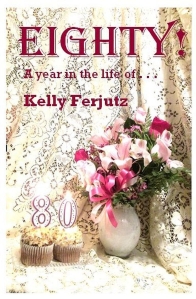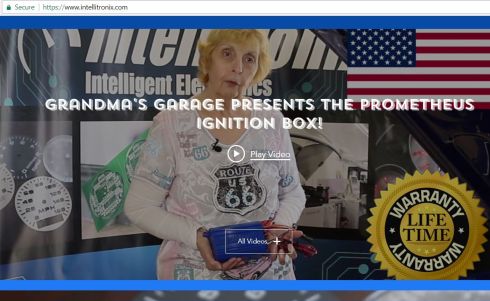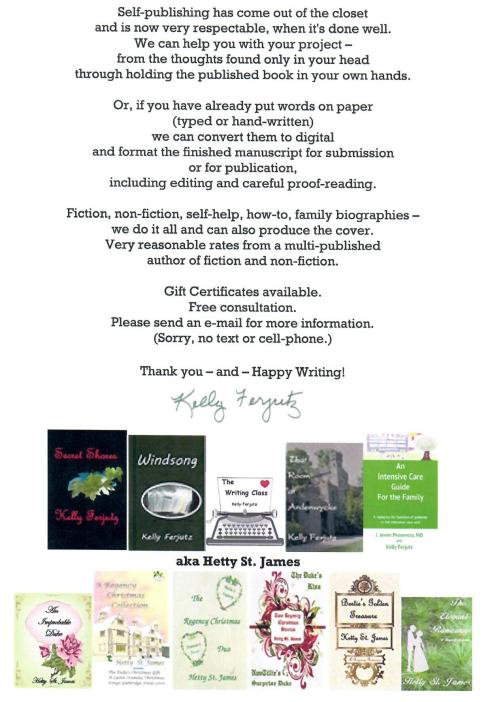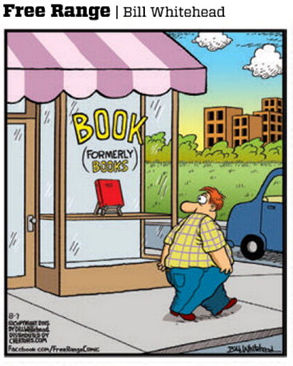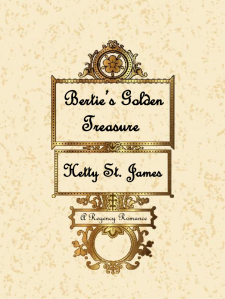Part Two — Characters
If you have people in your story, they really should have a reason for being there — even if that reason is only to hold up a wall that might fall over if left to itself.
Of course, that is a tad far-fetched, but still, if a character is in there, he or she might as well be useful, rather than merely be ornamental. For sure, you’ll have at least two characters – one might be referred to as the hero, and one as the heroine, if they’re a mixed couple. Or maybe they’re the same gender, but there is still one who is the leader and one who primarily follows. The most important thing is that they be more than cardboard.
Physical details are important: height, weight, age, sex, emotions, character, education, occupation, and so forth. Family background and relatives may be useful, too. If you create such a biography for each character, be sure to keep these pages handy. There may come a time you’ll need to verify eye color or some similar detail, and having your reference material ready at hand will be a great time-saver!
Don’t expect your characters to tell you what they’re doing – at least not right at the beginning. I’ve had a couple of books in which the characters deviated so much from the synopsis I’d written to explain their existence, you might have thought they’d just come in from another planet or something. They bore NO resemblance whatever to the characters I thought they were. But it turned out to be a good thing that they didn’t listen to me. They knew themselves better than I ever could – and the books turned out much better.
Sometimes it’s difficult to create a reasonable background for your character. Depending on the period in history in which this character lives, you might begin by filling out an application for employment for him or her. Or maybe sign them up for a dating service! Oy. That’ll be a test of your creativity, for sure. Just remember not to try and make major changes in the characters in mid-book! It probably won’t work.
One of my very favorite helps in this regard, is to read a detailed, overall summary of the various signs of the zodiac. For example, I am an Aries. Totally. If you read every description ever written of the Aries personality, you’ll have me on that paper in front of you. It also worked out that way for my kids – my son is a Virgo, while my daughter was Scorpio. Their Dad was a Leo, and believe me, sparks flew all over the place from that combination!
It’s absolutely essential that the characters are true to the period of history in which they live. If you’re working on a historical novel, try to read some books set in that same time frame and country, so you can get a feel for the language used. It is also important for the characters to act as though they’re at home in the setting in which they find themselves.
Please come back in a couple of week for Part Three of getting started – the all-important plot!
If you have questions about this, or anything on these pages, please do write and ask! Thank you – Kelly


